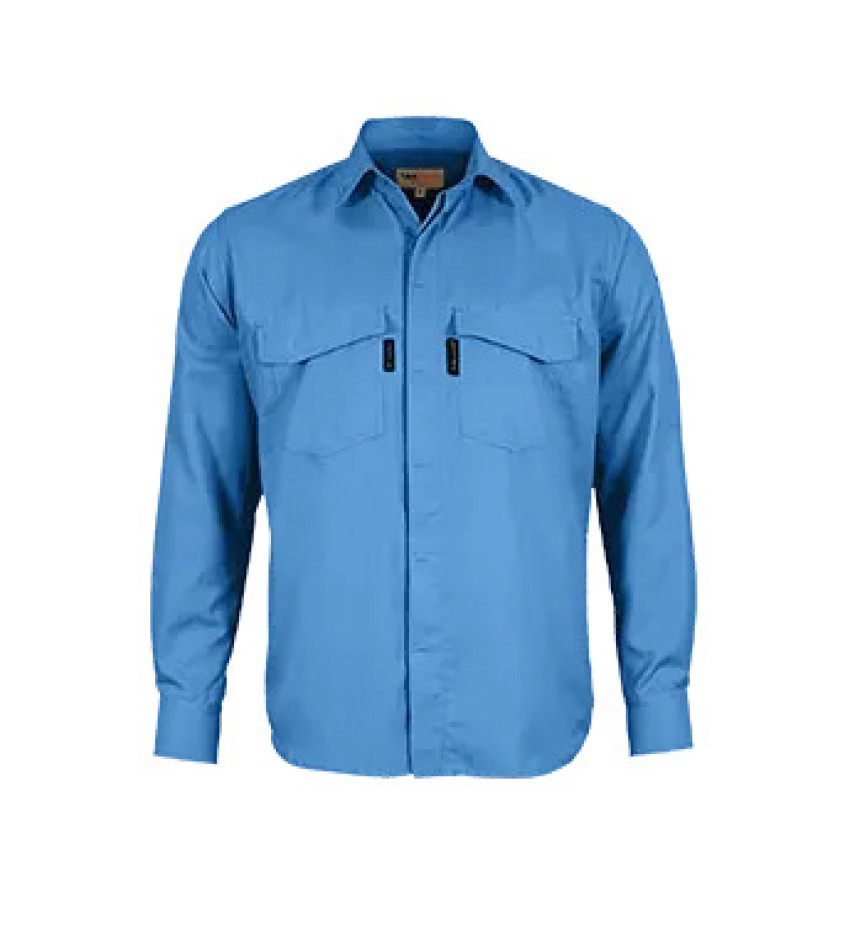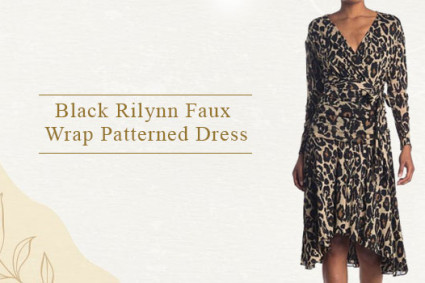
Fire resistant (FR) shirts are crucial pieces of protective gear in many industries where workers are exposed to fire hazards. Whether it's in oil and gas, construction, or electrical utilities, wearing the right FR shirt can mean the difference between safety and serious injury. However, with a plethora of options available in the market, selecting the appropriate FR shirt can be daunting. The key features to consider when choosing the right FR shirt to ensure maximum protection and comfort for workers in hazardous environments.
1. Material Composition:
FR shirts are typically made from materials like cotton, polyester, or a blend of both.
Cotton provides comfort and breathability, while polyester enhances durability and moisture wicking properties.
Look for shirts made from inherently flame -resistant materials rather than those treated with FR chemicals, as they offer better protection over time.
2. Arc Rating and Compliance:
The Arc Thermal Performance Value (ATPV) or Energy Breakopen Threshold (EBT) indicates the level of protection against arc flash incidents.
Ensure that the FR shirt meets relevant industry standards such as NFPA 70E, NFPA 2112, or ASTM F1506 to guarantee compliance with safety regulations.
3. Fit and Comfort:
Opt for FR shirts with a comfortable fit that allows freedom of movement without being too loose or restrictive.
Features like gusseted underarms and articulated sleeves enhance mobility, crucial for workers performing tasks in hazardous environments.
Consider additional factors like collar design, cuff style, and shirt length to ensure maximum comfort during prolonged wear.
4. Moisture Management:
Moisture wicking properties are essential to keep the wearer dry and comfortable, especially in hot and humid conditions.
Look for FR shirts with moisture wicking technology or mesh panels strategically placed to enhance breathability and airflow.
5. Durability and Longevity:
FR shirts should withstand frequent laundering and retain their flame -resistant properties over time.
Check for reinforced seams, double stitched construction, and abrasion-resistant fabrics to ensure durability in demanding work environments.
Consider the manufacturer's warranty and product reviews to assess the longevity of the FR shirt.
6. Visibility and Reflectivity:
For workers in lowlight or high traffic areas, FR shirts with reflective tape or hi-vis colors increase visibility and enhance safety.
Choose shirts with ANSI compliant reflective material for optimal visibility during both day and night.
7. Layering Compatibility:
In cold climates, layering is essential for maintaining warmth without compromising safety.
Select FR shirts that can be easily layered under other protective clothing without impeding mobility or comfort.
Choosing the right FR shirt is a critical decision that directly impacts the safety and wellbeing of workers in high- risk environments. By considering key features such as material composition, arc rating, fit and comfort, moisture management, durability, visibility, and layering compatibility, employers can ensure that their workers are adequately protected without sacrificing comfort or mobility. Investing in high quality FR shirts that meet industry standards and regulatory requirements is essential to mitigate the risks associated with fire hazards and promote a culture of safety in the workplace.



